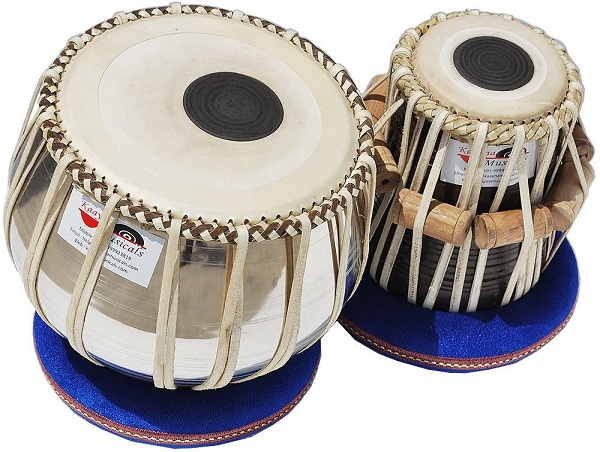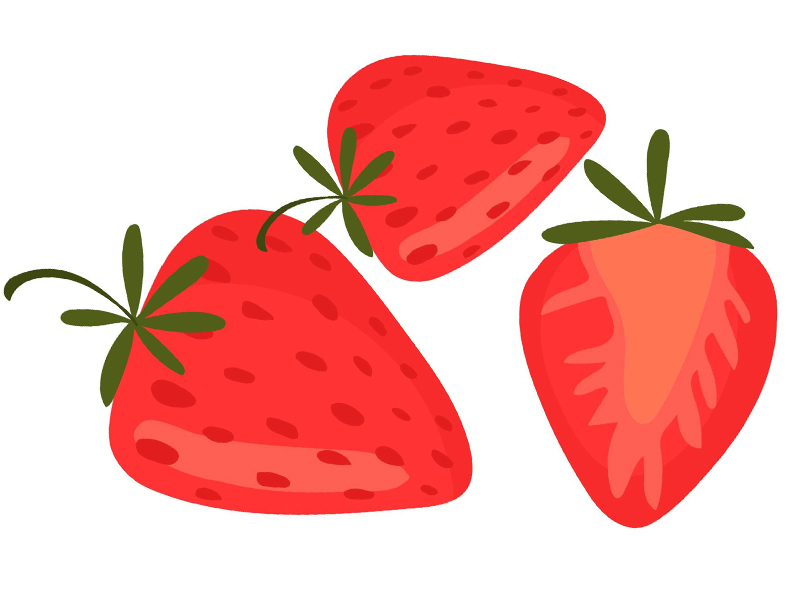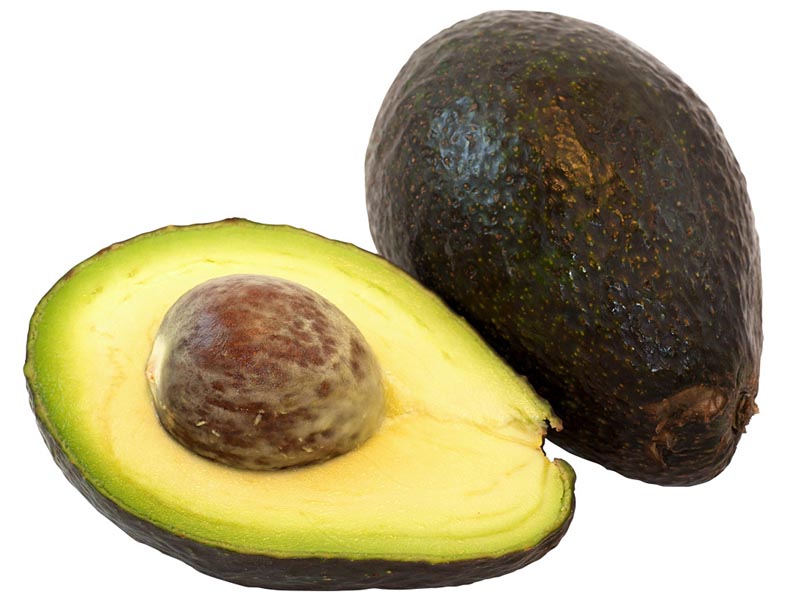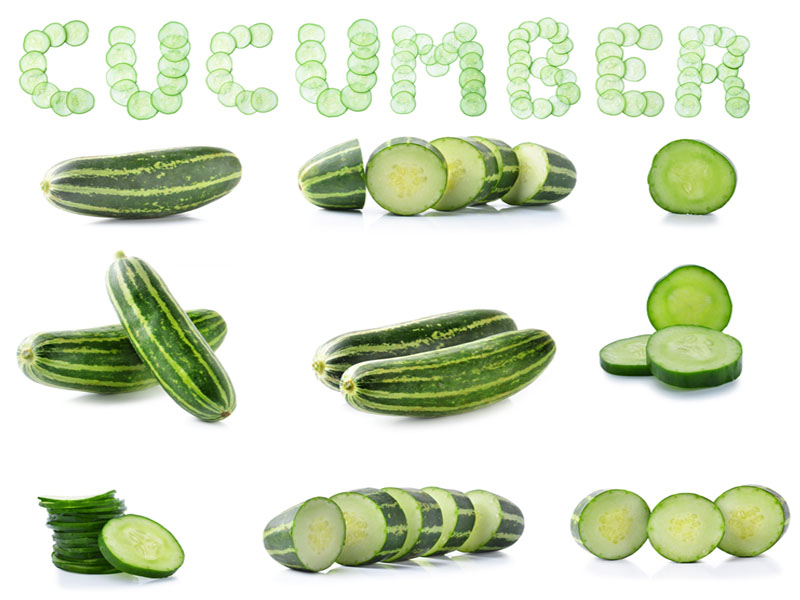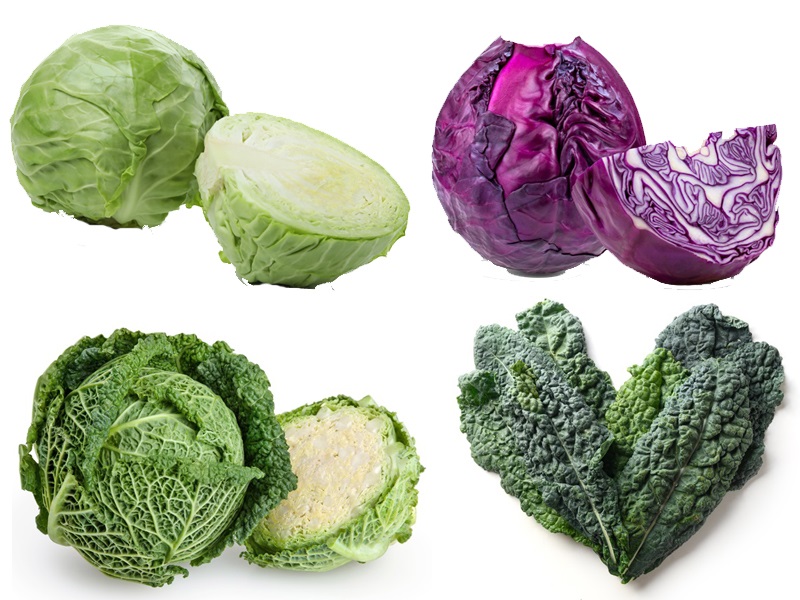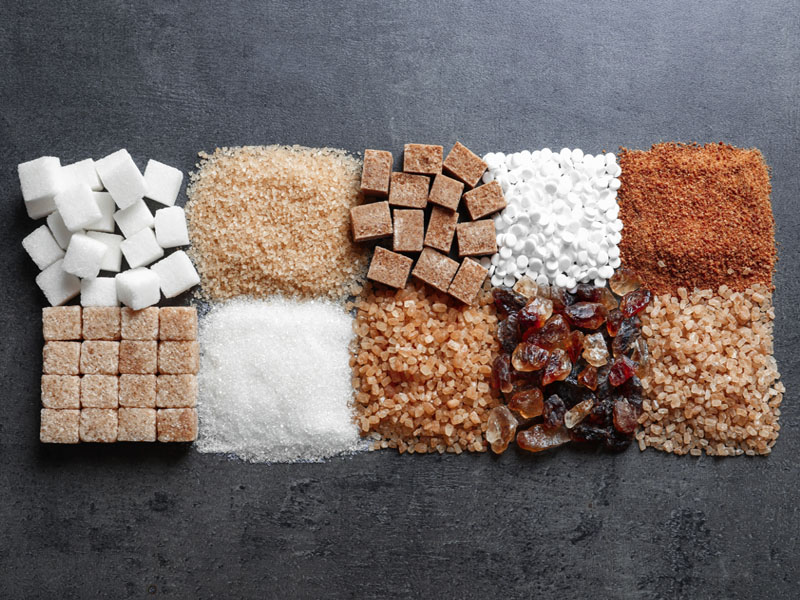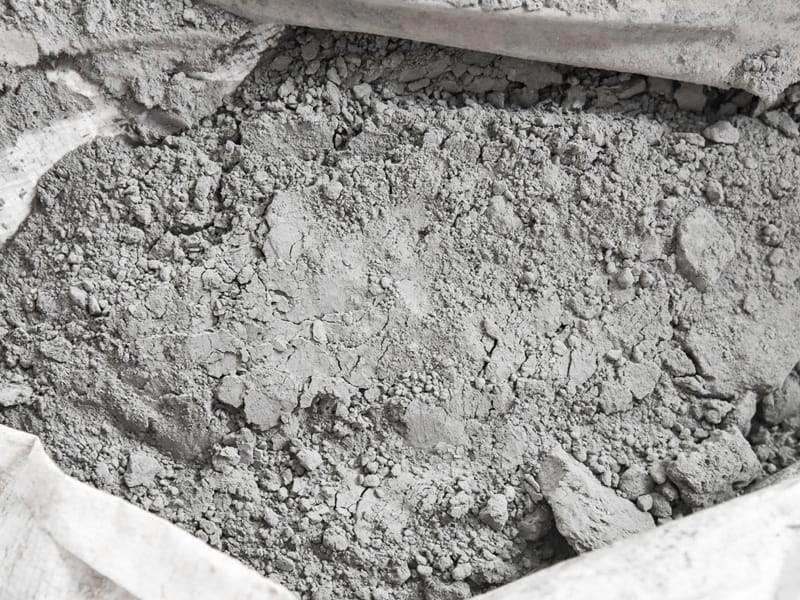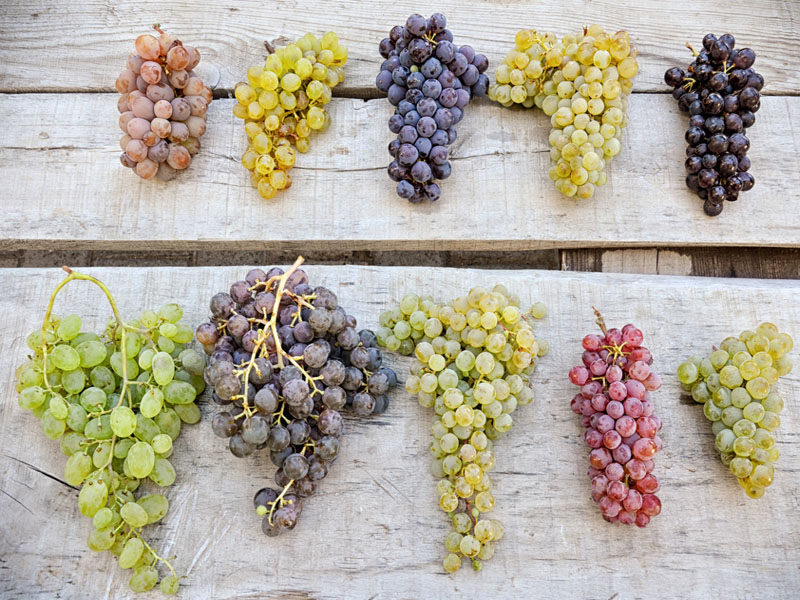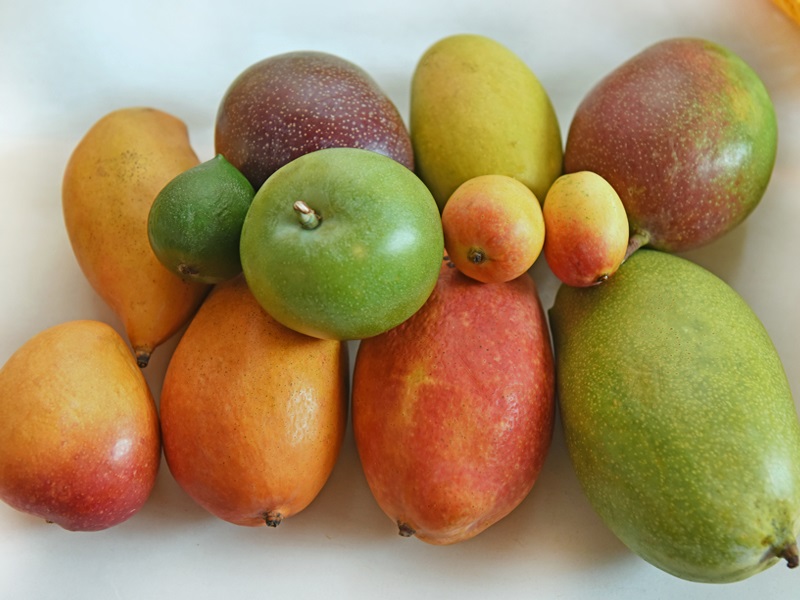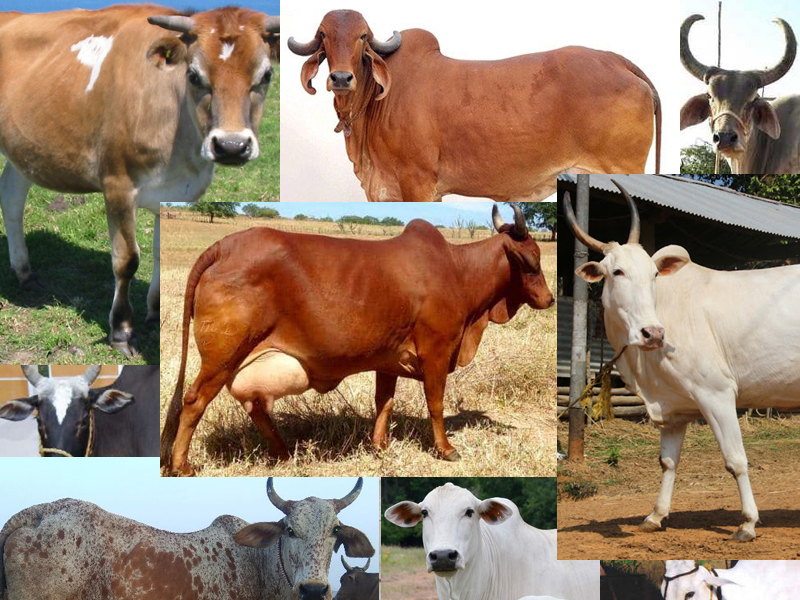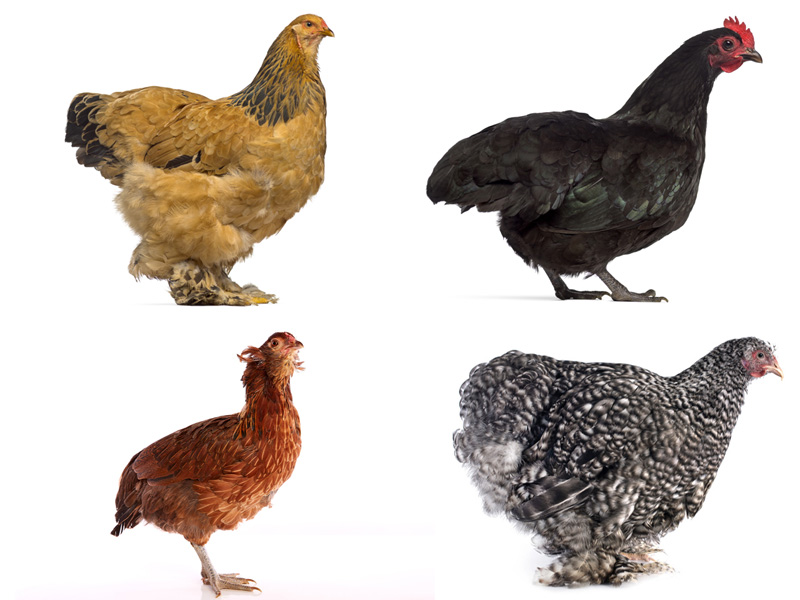If you are a music lover, you must know the world of drums and percussion is enormous. Over time the world of drums has gone through several variations. We have ended up with hundreds of different types of drums in modern times, especially in the percussion category; many cultures have unique instruments. But if you wonder how many types of drums are there, this article guides you through some of the well-known drums and adds new sounds and instruments to your music journey. Read on!
What is Drum? & it’s history:
A drum is an instrument that creates sound by striking a stretched membrane with some object, usually a stick. The first appearance of drums goes as long as 6000 BC. They played an essential role in religious ceremonies, celebrations, and societal life in many cultures.
Drums consist of a membrane stretched over the end of the drum, a tuning key or pegs that help you tighten or loosen the membrane to achieve different tones, and a hollowed-out piece called the body. The membrane and its vibration create the sound when struck, while most may think that body of the drum produces the sound.
Main Categories of Drums in the world:
Here are the main categories of drums available in the world. Let us go through them to know the details:
Drum sets:
Generally used in almost every genre of popular music, Acoustic drum kits are very diverse and don’t require any extra amplification. Varying between each musician’s setup determines the size and configuration of the drum set. Here are some of the famous drum sets:
- Power/rock kits.
- Fusion kits.
- Jazz kits.
- Virtual and electronic drum kits.
- Auxillary drum kits.
Hand drums:
Cuba, China and Africa are some countries that have long been using hand drums. These instruments are played by hand, hence the name. However, tippers or mallets can also be used to play them. Some of the hand drums are:
- Congas.
- Bongos.
- Tabla.
- Cajon.
Frame drums:
A drum with a drumhead width more significant than its depth is called a frame drum. It is one of the first instruments invented and is one of the ancient musical instruments. Examples of some frame drums are:
- Pandeiro.
- Tambourine.
- Bodhran.
- Goblet Drums.
African Drums:
African drums are an essential part of African tradition that has celebrated their culture for centuries. The drums are used symbolically in political events and ceremonies, unlike just for entertainment as in western cultures.
- Djembe.
- Talking Drum.
- Udu.
Marching band drums:
Drums provide tempo and voice for the entire ensemble and are a fundamental part of any marching band. A harness is used to securely mount each drum to the musician, and each drum’s function depends on its specific shape. Some of the marching band drums are:
- Marching Snare.
- Multi-tenor.
- Bass Drum.
- Front Ensemble.
See More: Types Of Music Instruments With Images
Different Types of Drums with images:
We have curated the list of all the types of drums in detail. Let us go through them thoroughly:
1. Bass drums:
Bass drums are the types of percussion drums, the largest within the drum set and are called kick drums. A bass drum is essential for any song playing in a band to have a beat, and it is 20 to 24 inches in diameter. This is achieved by playing a pedal present in the bass drum with the help of afoot. Compared to all the instruments present in the marching band, the bass drum produces the lowest, booming note because of its wide diameter and significant depth.
The sturdy shoulder straps support the Bass drum’s weight because of its size. A soft mallet is preferred by musicians that produce smooth, low, and powerful notes. Interestingly, pitched marching drums are available in the market that can be tuned to match the band’s other instruments.
2. Floor Tom:
The floor tom is a type of musical drum that is a must-have in any drum set. A floor tom is the second-largest after the bass drum in a drum set. A floor tom adheres to a cymbal stand and is supported by three tiny legs. The floor tom’s diameter varies from 14 to 16 inches, and it gives off a booming sound with a deep tone. Wood is the favoured material used in the construction of floor tom. Still, occasionally steel, acrylic and fibreglass are also used. Sounding somewhat similar to the bass drum, it is an excellent option for jazz and funky music.
3. Bodhran Drum:
The drum variety from Ireland with Celtic roots is called the Bodhran drum. The original builders of this drum used goatskin and wood. However, the Bodhan drums have recently been built with plastics and artificial skin. This drum has a shell between 4 to 8 inches deep and measures 12 to 24 inches in diameter.
The Bodhran drum allows the drummer to control the dynamics of every hit because it only has skin present on one side. The musician can move their hand inside the bodhran to control the pitch and alter the drum’s sound. You can use a crossbar and hex key to tighten or loosen the skin to tune the Bodhran drum.
4. Timpani Drum:
Currently used and a vital part of orchestra music, the timpani drum evolved to be used in classical music and orchestra worldwide, though it was once part of a military drum ensemble. The drum’s head is extended over a large copper bowl. But aluminium or fibreglass are also used to make this drum, and a pedal is used to tune these types of drums. These drums are most commonly used in groups of either two or four massive drums.
The Timpani player will have to tune the timps to suit the song’s key because these drums produce melodic tones. The player can tighten or loosen the drum’s skin by pressing on the pedals. The Timpani drums make a bellowing bass tone that is iconic in many compositions once the timps are in tune.
5. Djembe African Drum:
The African djembe drum is a type of tribal drum that originated from West Africa. But its popularity has reached throughout the rest of the continent significantly. The Djembe drum creates a wide variety of beautiful sounds, making it stand out among other drums. These drums’ surface is made with animal skin and is tuned with ropes. Hitting the edge of this drum gives a sound similar to a snare drum rimshot, and you get a deep tone from the drum’s centre.
Djembes can be played while sitting or standing, though they are meant to be held between your legs. Traditional African music uses these drums and in drum circles. However, several djembes aren’t rope-tuned produced by drum companies which can be tuned with the help of a drum key.
6. Hang Drums:
Hang drums were invented relatively recently and are also called hand pans. It is a steel pan that produces specific tones by tapping your fingers on its different parts. This drum is a very versatile instrument which can play any scale efficiently. If you wish to play songs with different keys, you will need many of these Hang drums, and their sound is almost ethereal. To produce tones from the Hang drums, you will have to rest them on your lap. Percussion enthusiasts usually own this type of steel drum because they are costly.
See More: Types of Flutes Around the World
7. Marching Snare Drums:
A Marching snare drum is a type of drum found in a band. The Marching snare drum has deeper skin than a typical snare drum because it can provide a much louder sound and bear more tension. Marching snare drums are different and use two sticks to play them, though they might look similar to those on a drum kit.
The skin of the marching snare drum is made from tough Kevlar material, which is a lot deeper than a standard version. This strong material provides a loud, bullet-like, piercing hit because the drum can withstand high tensions. Two drum sticks are used to perform drum rolls and solos to play a single snare.
8. Bongos:
Bongos are the small drum types with African and Cuban roots and are percussion instruments. Two small open-bottomed drums connected with a strip of wood are the descriptive look of these drums, though one is bigger than the other. The diameter of bongo drums is eight to 10 inches in diameter and eight inches in height.
You can play the bongos standing up by mounting them on a stand or holding them in your legs while sitting and playing them. The sound from the Bongos is similar to a snare rimshot, a high-pitched attacking tone. These small drums are great for keeping the beat and a perfect addition to Cuban music.
9. Congas:
Conga drums are the hand drum types that originated from Cuba and look similar to barrels. Commonly used in Afro-Cuban music, Congas are popular today in Latin music. These drums need a stand for a drummer to comfortable play them and have a hardwood outer shell. So often found in a group of two, Congas are larger drums that some percussionists use several while some use only one. The Conga drums produce a deep and warm bass tone, and these drums are used in conjunction with Bongos.
10. Tabla Drum:
Tabla drums are the types of Indian drums that can be heard in Indian classical music. These drums have a cylindrical shape with animal skin covering their tops, and they come in pairs. Brass metal is used to make the more significant Tabla drum. The female drum produces a tenor tone, and the male drum has a bass tone.
Indian music uses these drums in many variations and is often recognized with the combination of another instrument Sitar. You need to sit cross-legged and use your fingers and palms by hitting the skins to play the tabla. The player can bring out different sounds with different techniques.
11. Electronic Drums:
Sounds created entirely from scratch on a computer or from existing acoustic drums produce synthetic sounds from different types of electronic drums. Electronic drum kits are the most popular form of electronic drums and are perfect alternatives to loud acoustic drum kits. Many drummers now use electronic drum kit technology as their primary choice of drum kit setups because they have improved significantly over time.
Electronic drum pads are other types of electronic drums that allow you to run entire live sets, create samples, produce synth sounds, and run backing tracks. Mixing electronic drums and acoustic drums by drummers is called Hybrid drumming, which is popular in modern music like pop.
See More: Types of Guitars and their Names
Interesting Facts about Drums:
Here are some unique facts about different types of drums that you might find interesting:
- Real drums were made with membranes made from the skin of animals, though initially, natural objects were hit to make sounds.
- More than one person was necessary to control drums in orchestras in earlier times. But the drum set’s current configuration was done in the early 20th century.
- Since the 1920s, brushes that create softer drum sounds have been used in drumming.
- Many bands are famous globally for their drummers and singers, and composers.
- Soot pedal for tarp drums made Ludwing a famous drum manufacturer.
- During the 1930s, the modern shape of the drum kit was formed.
- There are five pieces called a bass drum, snare drum, two toms and floor toms in an average drum set.
- Drums practice came to Europe only after the Crusades in the 12th century, although they were extensively used in the military.
- In India and Africa, long-range communication between villages was done with drums’ help.
- You can lower stress hormones in your body by playing the drums recreationally.
So these are the most common types of drums you will come across in the music universe. Although we have listed the prominent ones, many more types of drums exist in the world, but it is not possible to list all of them. We hope this article helps you identify the main kinds of drums and how to identify them. Don’t forget to let us know if you found this article helpful!
Disclaimer: The information we have provided in this article is based on pure research. The website is not responsible for the authenticity and accuracy of the information.
FAQs:
1. Are the drums available globally only round?
Although most drums available worldwide are round, some drums are non-round. Some of the examples of non-round drums are:
- Cajon.
- Gome.
- PamderoJarocho.
2. What are the common materials used in manufacturing different types of drums?
The head of a drum was always manufactured with animal skin until the late 1950s. But plastic is used almost always in the manufacture of modern heads.












